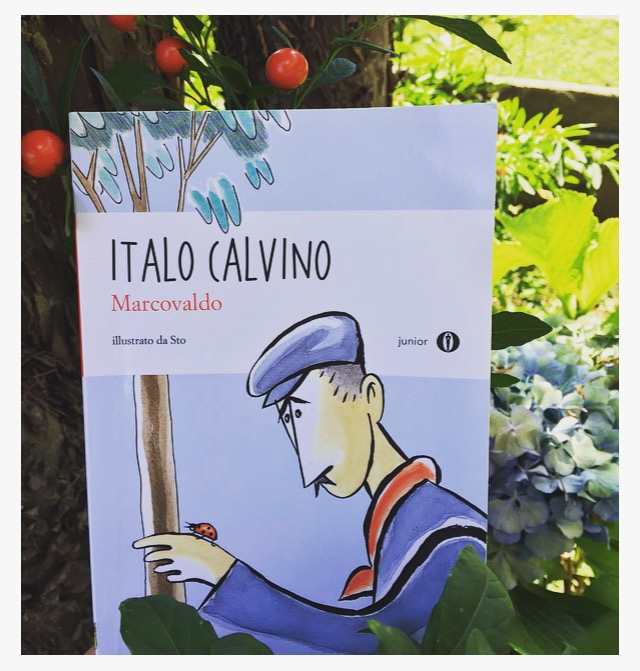
BEAUTY, CURIOSITY, HARMONY AND ESPECIALLY REBIRTH : THESE
CONCEPTS INSPIRE OUR MAGAZINE, SHARING SPECIAL MOMENTS
AND CARVING OUT A NICHE FOR YOURSELF.
GO TO YOUFIRST.EU AND BUY OUR PRODUCTS
TALES IN MILAN
#7 | Leonardo’s works at the Castello Sforzesco

How full of surprises is Milan. Few people know what’s going on in the precious Sala delle Asse at Castello Sforzesco, which was painted by Leonardo da Vinci at the end of ‘400 and was closed for renovation for about a year. It hovers a certain mystery around the new and still unofficial discoveries made by specialists. What transpires, yet, is marvelous and testifies once again the intimate connection between the city of Milan and the greatest genius of the Renaissance (and perhaps of all time): the decoration of the room seems to be a real botany treaty translated into painting, and it has a great environmental value. If so (there are no denials today) we would witness the umpteenth masterpiece by Leonardo, a real landscape of plants and flowers very similar to what the author may have seen from the windows of the castle. No one so far had highlighted the scientific value of this work, considering it as pure decoration. Even though this hypothesis must be confirmed, we like to think of Leonardo collecting plants and flowers in our beautiful city, pleased and touched by so much love and beauty.
STORIES OF REBIRTH
#7 | Italo Calvino, Marcovaldo

Some books are poetical, they move us instantly for their simplicity and beauty (the two often coincide). Italo Calvino is a great master of contemporary fables and “almost realistic” novels: his Marcovaldo, who looks for nature around the city, inspires in the reader an immediate tenderness. The book consists of twenty short stories, divided into the four seasons, whose protagonist is always him, the bewildered Marcovaldo. He has a candid soul and he’s the penniless father of a large family, who dreams of an unlikely return to nature like an out-of-place citizen. The context in which he lives is a kind of non-place: an indefinite and almost abstract city, a symbol of every urban environment, in which the comic misadventures of our character take on a universal meaning, reminding us of all the nonsense connected to our human lives, in a sort of journey between illusion and disillusionment, between impulse and loneliness, with a bittersweet background that pervades the reader gradually while going through the book. But Marcovaldo is not a pessimist: he is always ready to get back into play, trying new tricks, discovering new and more congenial corners of the world. The author’s grandeur in also in keeping an absolute lirysm all over the book. A book that fits those who are not resigned, whether adult or child.
Italo Calvino, Marcovaldo
Italian Edition: Oscar Mondadori
TALES IN MILAN
#6 | Japan in Milan

Being the most important event celebrating the 150th anniversary of the signing of the Treaty of Friendship and Commerce between Japan and Italy, Hokusai, Hiroshige, Utamaro. Japan places and faces who won the West is an exhibition that explores the history of Eastern Art through the masterpieces of the three famous ukiyo-e artists.A selection of display 200 policrome xylographies and illustrated books accompanyus in the universe of a distant culture that talks about nature, landscapes and beauty in a unique way, so different from the Western one . This inspirational art has deeply influenced the late Nineteenth-Century European movements and this contamination can be noticed in Symbolism and in Klimt’s work , up to Matisse and Picasso’s.
Once again Milan gives us the opportunity to know and dream!
“Hokusai, Hiroshige, Utamaro. Japan places and faces who won the West”Milano, Palazzo Reale, September 2016 - January 2017
OPENING HOURS:
Monday: 14.30–19.30; Tuesday, Wednesday, Friday and Sunday: 9.30-19.30; Thursday and Saturday: 9.30-22.30
ALCHEMY OF REBIRTH
#6 A journey in the Mediterranean scrub

Italy holds many treasures, often forgotten or ignored, one of these is undoubtedly the scrub: one of the most important Mediterranean ecosystems.
Let’s go exploring this wonder of nature, full of unparalleled colours, flavours and fragrances.
The Mediterranean scrub derives mostly from the ancient Mediterranean evergreen forest, which covered a large part of our peninsula. It is composed by shrubs with little but persistent leaves, between 50 cm and 4 m high. The scrub can be divided into high scrub and low scrub, according to the floristic composition and to its structural development. The high one is composed by species whose foliage can reach 4 meters high: holms, corks and ilatri. These are complemented by fragrant juniper and arbutus berries and mastic trees. The low scrub consists mainly of shrubs and bushes, like spurge, myrtle, broom, rock roses and rosemary.
This kind of vegetation is distributed mostly in hot and dry areas andgrows on shallow and rapidly draining soils: the preservation of the hydrologicalfunction of the maquis (i.e. Frenchname) is very important. The microenvironment of the scrub is a real biodiversity treasure: in fact, it contains a wide variety of animal species that find shelter and food in it.
So, if you are walking on rough trails of the CinqueTerre or if you are in Sardinia’s Giara di Gesturi,look around, try indeed to close your eyes and let yourself be carried by the unmistakable aromas of the maquis: a unique botanical heritage that has inspired poets, perfume makers and dreamers.

